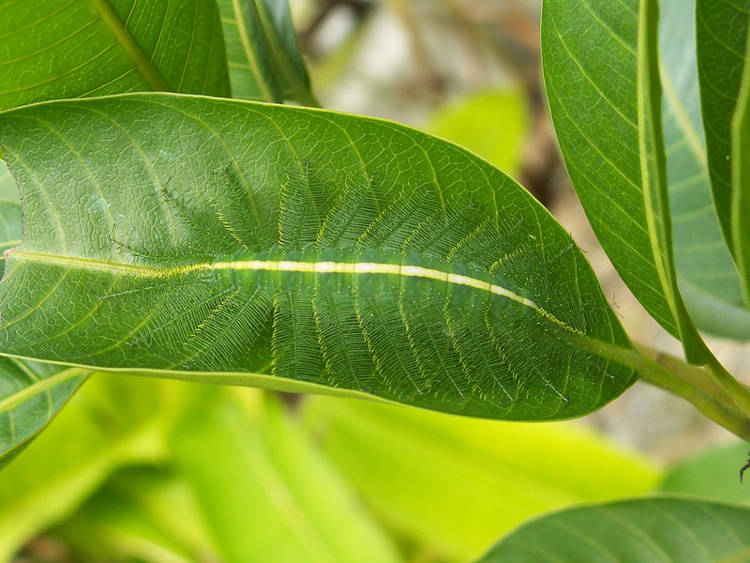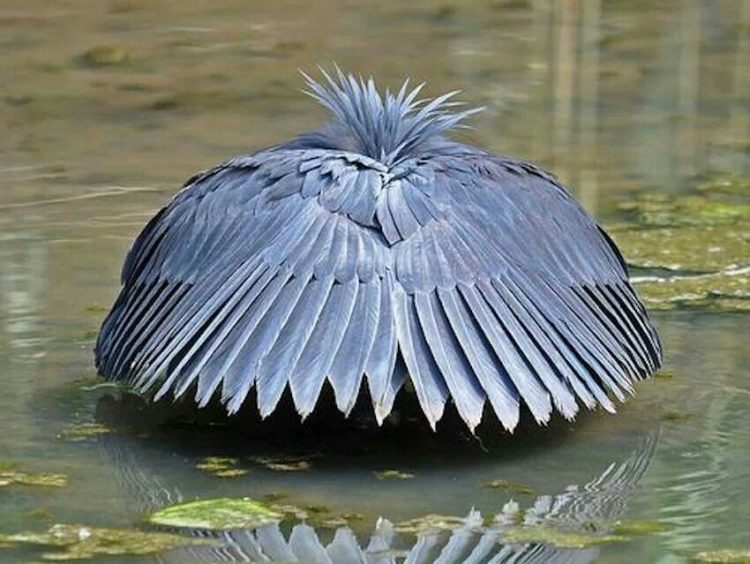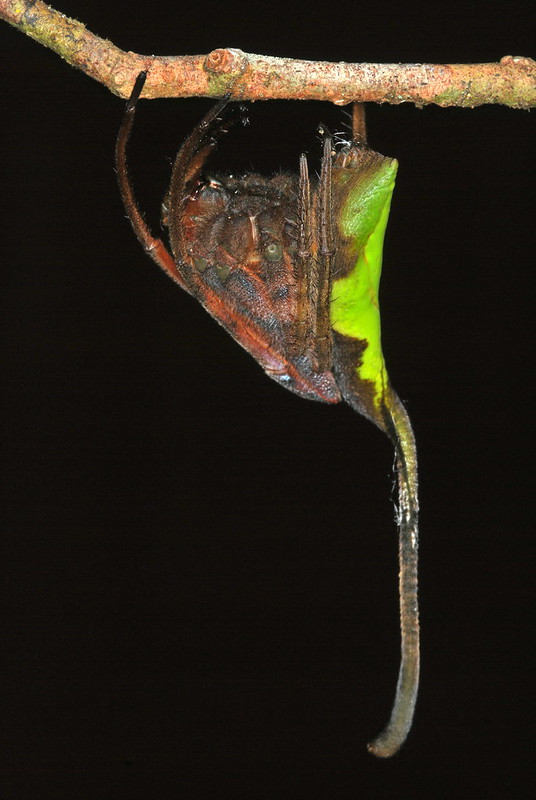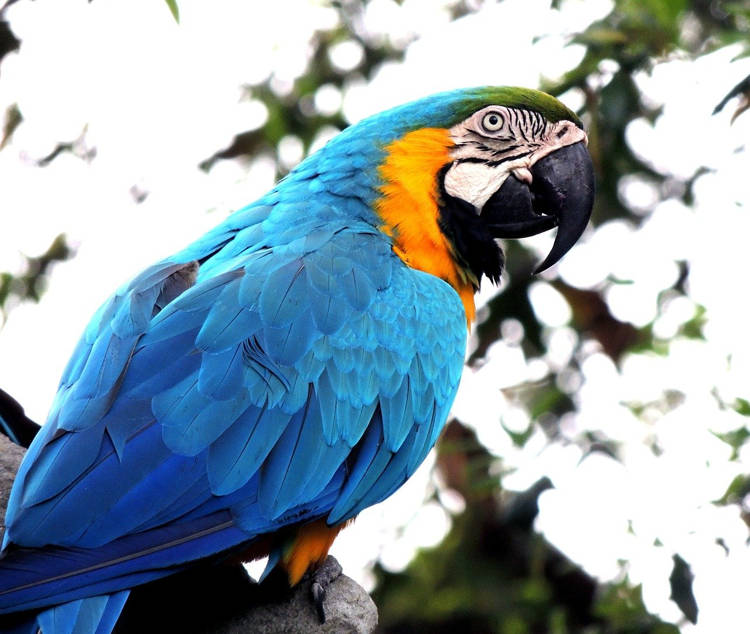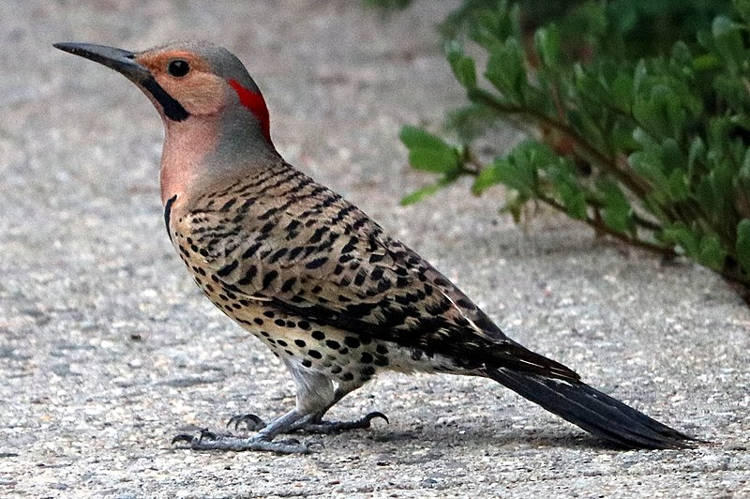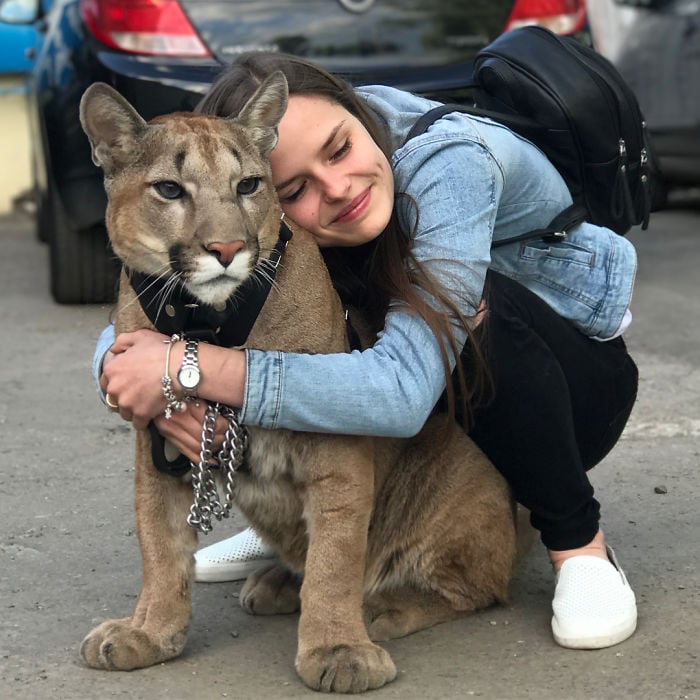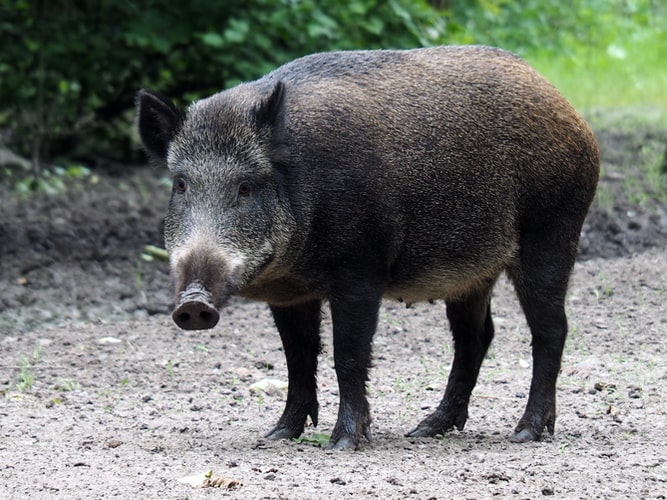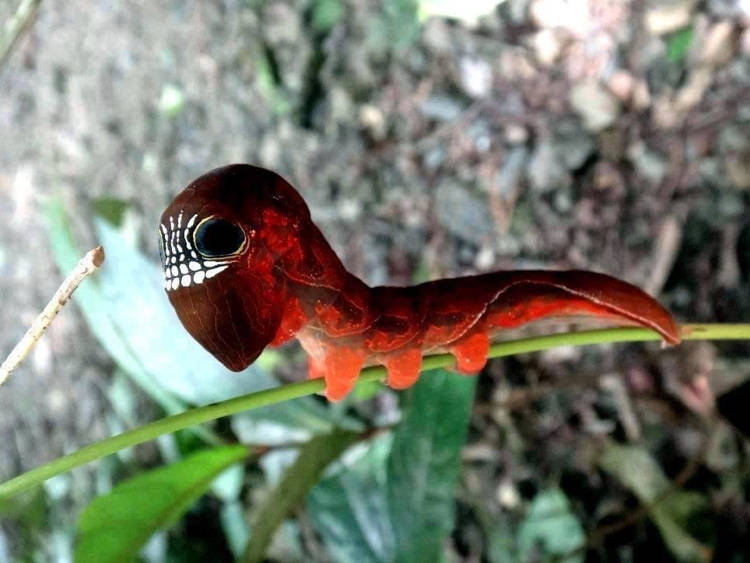Despite having round anuses like all other mammals, bare-nosed wombats do not produce round pellets, tubular coils or messy piles; they are the only creature on Earth that poops cubes.
Wombats, marsupials native to the grassy plains and eucalyptus forests of Australia, are among the most adorable animals in the world, but to animal experts they have been a tough-to-solve mystery for a very long time. And it has all been because of their poop. You see, wombats have the unique ability to produce up to 100 distinctive, cuboid pieces of poop every day. Now, researchers say they have uncovered how the wombat intestine creates this unusually-shaped excrement.


